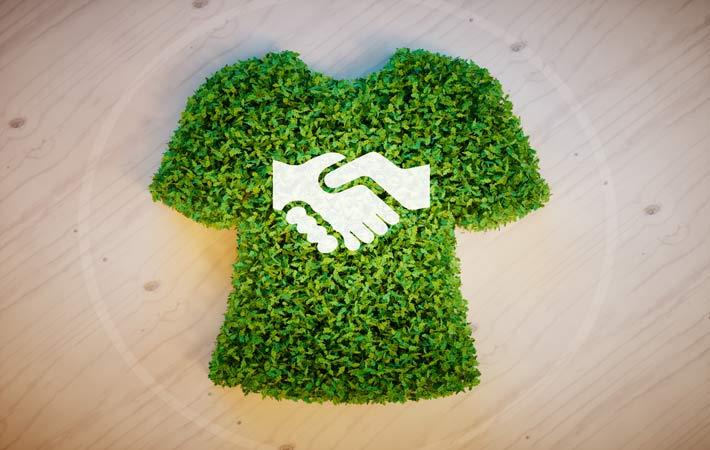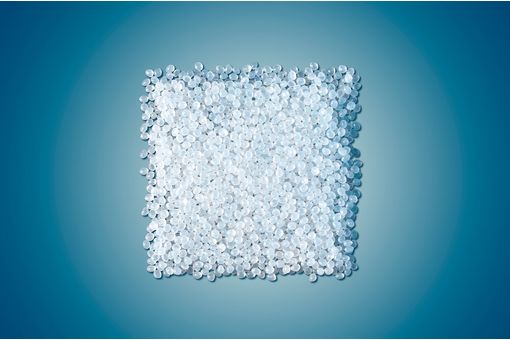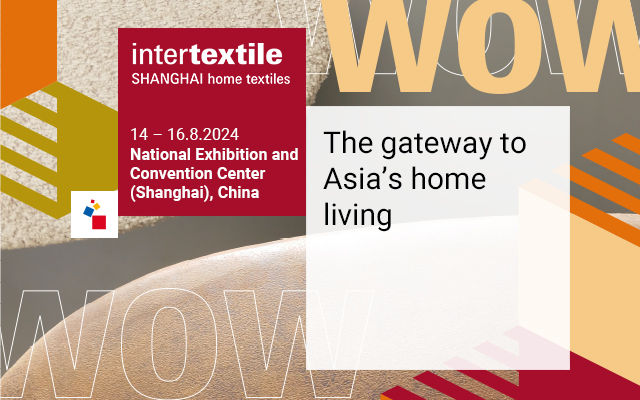'Use clothes until they are worn out'

The life cycle perspective she used involves an overall assessment, from production to the user phase and product waste management. The effect of background processes such as electricity consumption and mining are also included. The results make it possible to compare textile products that are extremely different to each other, which was not possible before.
Roos has taken an overall approach to the clothing life cycle with her doctoral thesis at Chalmers University of Technology in Sweden and the research institute Swerea, within the research programme Mistra Future Fashion which is a collaborative project between the fashion industry and researchers in Sweden. Their next step will be to transform the results of the thesis to a practical tool that clothing manufacturers can use to improve the environmental performance of their processes and products. The tool is expected to be ready sometime in 2017. This is an important step, since the majority of the environmental load in the clothing life cycle is created in the production phase.
"I have also assessed the toxicity of the chemicals used in the processes," said Roos. "This is an area where, until now, there were huge knowledge gaps. The sub-processes I studied extend from techniques as different as entirely synthetic textile fibres made of plastic, to cotton production – where farmers cultivate the soil, plant and harvest the cotton, before ginning and preparing it."
"At present, most environmental indices are based on the type of textile fibre used: wool, nylon, polyester or cotton. But that is not where the major environmental impact is found, which is actually in the post-fibre processing stages: spinning, weaving, knitting and, above all, in the dyeing – the wet processing. All the chemicals used in these processes actually make it as hazardous as cotton growing," she said.
Roos's research has also yielded conclusions about which consumer actions are most effective in reducing the environmental load of clothing. "Think about how you travel to the clothes shop. When it comes to impact on the climate, this is the factor that is the easiest to influence, other than buying fewer garments, and one that has substantial effect. Since many shopping trips are taken by car, consumer travel accounts for a large share of the climate load during the clothing life cycle." (RR)
Fibre2Fashion News Desk – India
































-Ltd..jpg?tr=w-120,h-60,c-at_max,cm-pad_resize,bg-ffffff)





.jpg?tr=w-120,h-60,c-at_max,cm-pad_resize,bg-ffffff)
.jpg?tr=w-120,h-60,c-at_max,cm-pad_resize,bg-ffffff)






